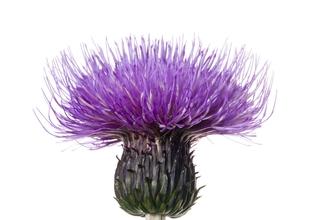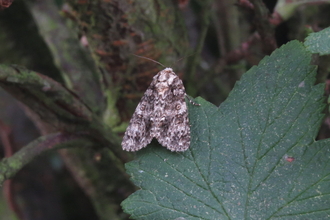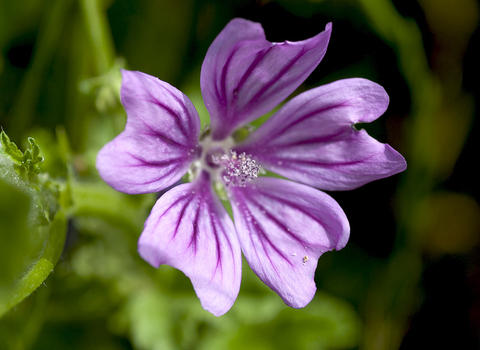
©Northeast Wildlife
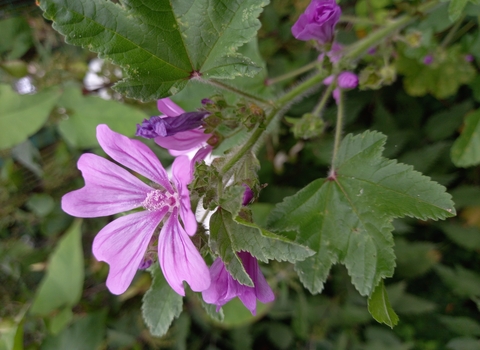
Eden Jackson
Common mallow
Common mallow is a handsome 'weed' of waste ground, roadside verges and gardens. Its deep pink, stripey flowers provide nectar for insects throughout the summer.
Scientific name
Malva sylvestrisWhen to see
June to OctoberSpecies information
Category
Statistics
Height: up to 1.5mConservation status
Common.
About
Common mallow is a handsome, large, spreading plant with beautiful deep pink flowers that appear from June to October. It can be found on roadside verges, along footpaths and on waste ground. Certain parts of common mallow are edible (leaves, flowers and seeds) and there is evidence that the Romans may have deliberately cultivated the plant to be used for food and medicine.How to identify
Common mallow has pale mauve, funnel-like flowers with five open petals and deep purple stripes. Its leaves have five lobes and its stalks have hairs on them.Distribution
Found throughout the UK, but especially common in Wales and Southern England.Did you know?
The French word for mallow is 'mauve', which is where we get the word for the colour mauve from.How people can help
Although they might not look especially wildlife-friendly, our roadside verges, railway cuttings and waste grounds can provide valuable habitats for all kinds of plants and animals. The Wildlife Trusts are involved in many projects to make these places as beneficial for wildlife as possible.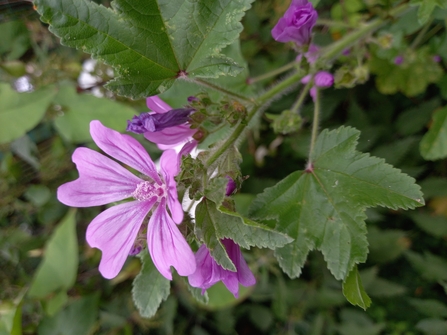
Eden Jackson


